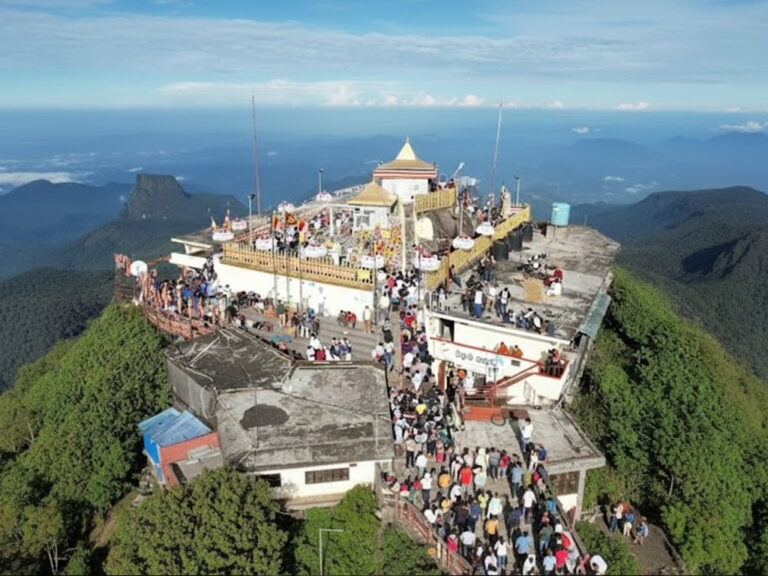
Researchers have recently identified what is now considered the deepest blue hole on the planet, located in Mexico’s Chetumal Bay. Named the Taam Ja’ Blue Hole, this underwater sinkhole was initially believed to be the world’s second deepest. However, a recent expedition in early December revealed it to be much larger than previously thought, reaching depths exceeding 420 meters below sea level (mbsl). The depth of this blue hole stretches well into the mesopelagic zone, often referred to as the twilight zone due to the significantly reduced sunlight.
The revelation came after scuba divers, equipped with advanced technology, revisited Taam Ja’ to measure its true dimensions more accurately. Traditional methods like echo sounding had estimated its depth at about 274 mbsl, but these were hindered by the unpredictable shape of blue holes and variable water densities. This time, researchers employed SWiFT CTD technology, which better assesses conductivity, temperature, and depth, though even this advanced equipment could not reach the bottom.
This updated measurement places Taam Ja’ far deeper than other renowned blue holes, such as the Sansha Yongle Blue Hole in the South China Sea, Dean’s Blue Hole in the Bahamas, and the Dahab Blue Hole in Egypt.
Blue holes, while mysterious and somewhat daunting, are vital ecological niches according to the National Oceanic and Atmospheric Administration (NOAA). These underwater caverns host diverse biological communities, providing a habitat for marine life ranging from corals and sponges to sea turtles and sharks. The importance of blue holes extends beyond their intriguing depth, as they are considered oases in the otherwise barren seafloor, yet their full distribution and ecological roles remain largely uncharted.




